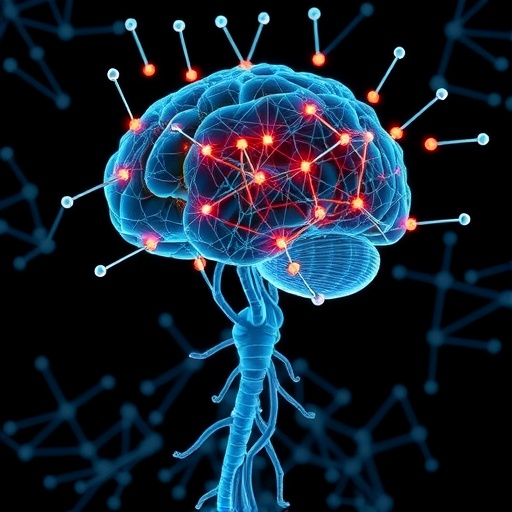
Credit: Kenta Maruyama
In a new study published in Cell, “RNA sensing by gut Piezo1 is essential for systemic serotonin synthesis”, a research team led by Kenta Maruyama M.D., Ph.D. from National Institute for Physiological Sciences (NIPS) explored the role of Piezo1, a mechano-sensing receptor, in the sensing of bacterial RNA. They found that gut Piezo1 stimulated by bacterial RNA was pivotal for the production of serotonin, an important hormone that regulates gut and bone homeostasis.
Serotonin is critical for normal functioning of the central and peripheral nervous system to control emotion, peristalsis and blood pressure. The two production origins of serotonin include brain neurons and the gut enterochromaffin cells. Notably, serotonin does not cross the blood-brain barrier and 90% of the body’s total serotonin is secreted by enterochromaffin cells, establishing gut as the major source of peripheral serotonin. Most of the gut-derived serotonin is absorbed by platelets that release it after a various stimulation. This then leads to the activation of several biological phenomena, such as gut peristalsis and bowel inflammation. Interestingly, it has been reported that small fraction of gut-derived serotonin acts as a hormone. For instance, bone forming osteoblasts function is inhibited by serotonin. Notably, gut specific deletion of tryptophan hydroxylase-1 (Tph-1), a synthase that generates serotonin from tryptophan, leads to the high bone mass phenotype. Despite the pleiotropic functions of gut-derived serotonin in various biological phenomena, the molecular mechanisms controlling serotonin production remain largely unexplored.
Sensation of the mechanical forces in the gut is critical for normal peristalsis, but their molecular mechanisms are elusive. The mechanosensitive Piezo1 cation channel was recently identified, which is expressed in various tissues and is critical for mechano-transduction in vascular development, red blood cell volume control and blood pressure homeostasis. Despite the importance of Piezo1 in mechano-sensation, its function in gut remains to be explored.
In this study, NIPS research team demonstrated that microbiome-derived single-stranded RNA (ssRNA) induces serotonin production from the gut enterochromaffin cells via Piezo1 in the absence of mechanical force. The intestinal epithelium-specific deletion of Piezo1 causes impaired gut peristalsis, mild manifestations of experimental colitis, and increases bone mass accompanied by low serum serotonin levels. The researchers further found that mouse fecal extracts contain large amounts of RNA and purified fecal RNA activates Piezo1. Strikingly, RNase A, a ssRNA degrading enzyme, abolishes the ligand activity of fecal RNA and successfully suppresses serum serotonin level and increases bone mass by infusion to the colon. These findings indicate that targeting gut ssRNA can be a good strategy for modulating the gut-derived serotonin associated pathophysiology.
###
Media Contact
Kenta Maruyama
[email protected]




